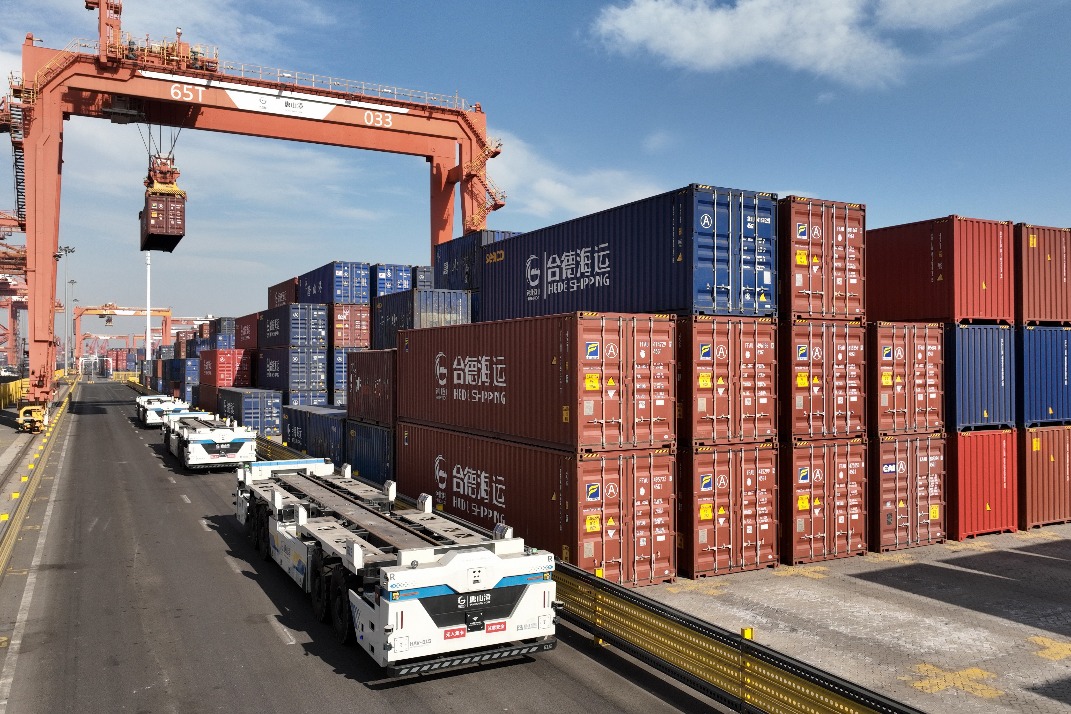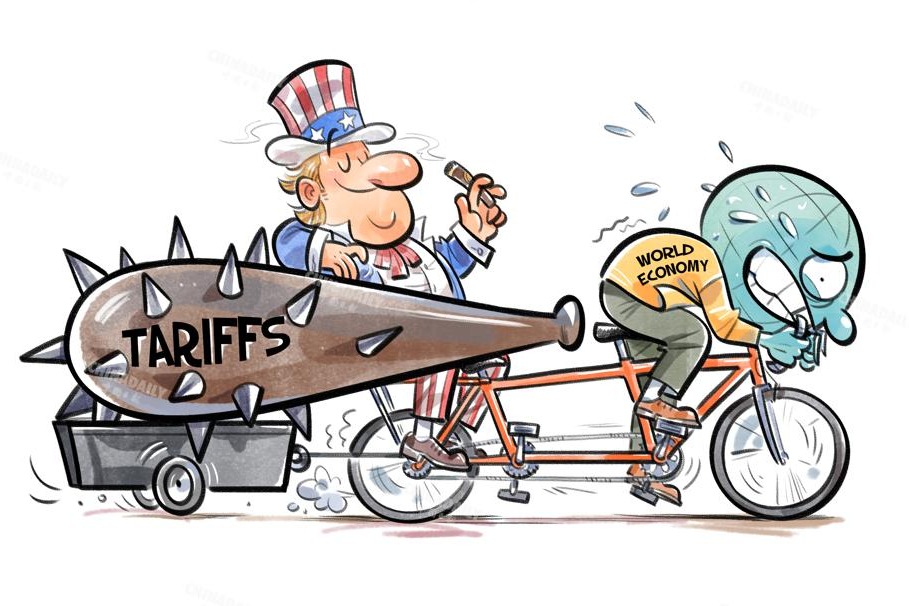Poised for great development
By Wang Yiqing | China Daily | Updated: 2020-05-28 09:15

The new guidance defines the "new pattern" of western region development with three key terms: large-scale protection, large-scale opening-up, and high-quality development.
In the guidance, the word "ecology" was mentioned 20 times, "protection" 16 times and "environment" 12 times. This indicates the significance of environmental protection in the new development thoughts for the western region.
Zhang Yunfei, professor at the Marxism Studies School in Renmin University of China, said environmental protection of the western region's ecology relates not only to the locals' livelihoods, but also to China's poverty alleviation campaign and building a moderately well-off society in an all-rounded way.
"Enhancing environmental protection of the ecology in the western region is beneficial to safeguarding national ecological security and the construction of a 'Beautiful China'," he said.
Deepening opening-up in the western region is considered a national rather than a regional development strategy, and it takes into account the special situations China has faced globally and domestically in recent years.
The outbreak of the novel coronavirus at the beginning of the year poses great challenges to China's economy, particularly foreign trade. In the first quarter of this year, China's GDP declined 6.8 percent year-on-year-the lowest growth rate since 1992. The epidemic seriously undermined economic growth in the eastern region, whose economy relies more on international trade when compared to the western region. However, the western region, which has been maintaining a relatively high GDP growth rate in recent years, showed less economic decline in the first quarter.
With the spread of the novel coronavirus still not curbed globally, the negative impact on foreign trade will continue in the following weeks. Under such circumstances, exploring the great development potential in the western region, with its vast landscape and abundant resources, is of great significance for China to boost domestic demand to cope with the pressure of the economic downturn.
More importantly, the anti-globalization trend promoted by the United States and the trade war have drastically changed global economic and trade patterns. This makes the Belt and Road Initiative more important for the development of both the country and the globe. This is why the central government stresses strengthening opening-up in the western region "led by construction of the BRI".
The western region is an important junction and basis of the BRI, as it is closely connected to many countries along the Silk Road Economic Belt. According to the Belt and Road Big Data Report 2018 issued by State Information Center, imports and exports with countries involved in the BRI account for the highest proportion of the western region's foreign trade volume, which was as high as 48.1 percent in 2017.
"The BRI will lead opening-up, infrastructure connectivity and complementary development of the western region," said Hu Biliang, director of the Emerging Market Institute at Beijing Normal University. "The western region will promote construction of the Belt and Road by providing a great market, advanced technology and financial investment."
For the western region, both environmental protection and further opening-up are in accordance with the transformation of China's development model: from high-speed to high-quality development. According to the document, the final goal is to "propel economic revolution of quality, efficiency and driving force and promote coordination among economic development, population, resources as well as the environment, in order to achieve higher quality, more efficient, fairer and more sustainable development in the western region".
Core cities are also crucial to regional development. The document stated that Chongqing, Chengdu in Sichuan province and Xi'an in Shaanxi province are to become an "international gateway hub", indicating the great potential of the three cities in the development of the western region in the future.
"The three cities have become core cities of the western region since the beginning of the strategy launch," said Li Chao, deputy director of the Center for City and Competitiveness at the Chinese Academy of Social Sciences. "With prominent advantages in higher education, new technology industries and policies, these cities will actively play their role in driving up the development of the northwest and southwest regions."
























